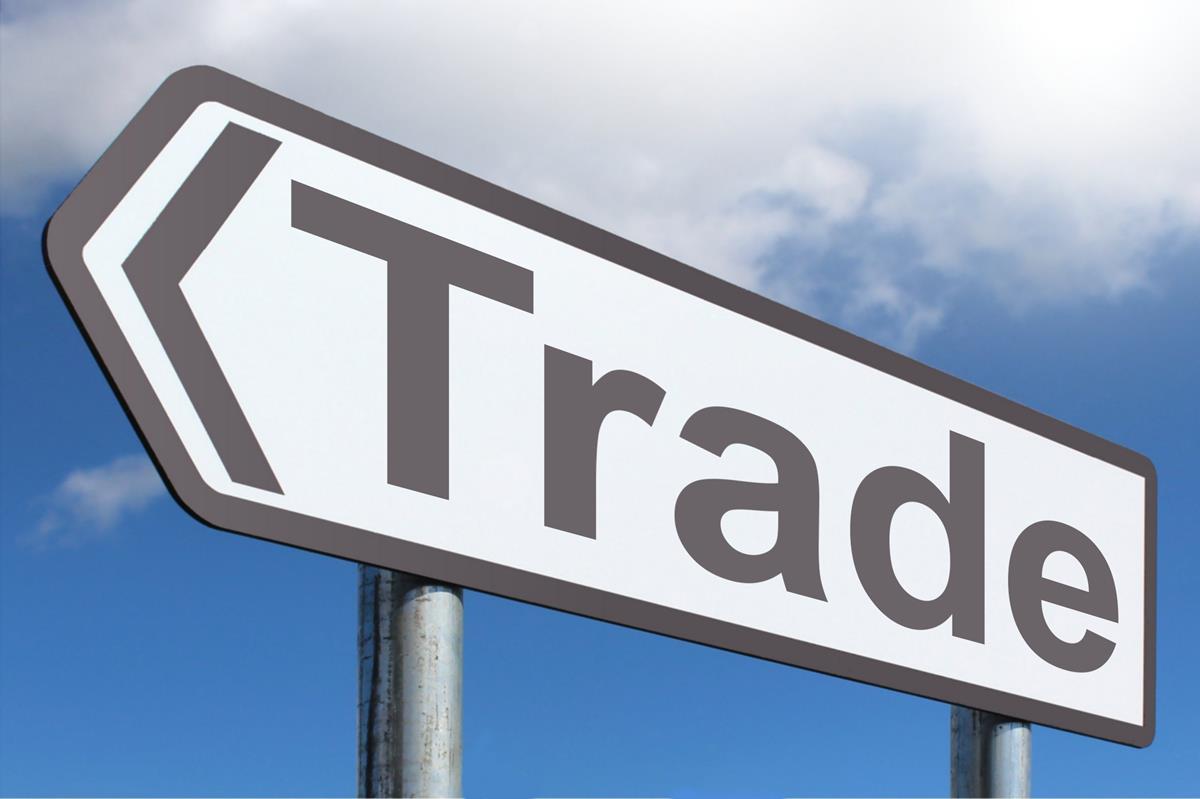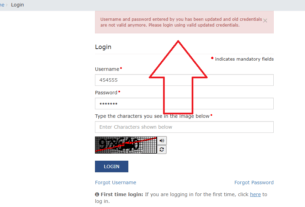The Australian Government signed the Australia-India Economic Cooperation and Trade Agreement (ECTA) in December 2022. The bilateral agreement improved firms’ access to mutually beneficial markets in both countries by enabling duty-free access to various exports. Australia, like India, is doing well in multiple areas, including modern industries like online gaming. Today, according to Australian operator https://www.truebluecasinos.org/bonuses/free-chips-bonus, online casinos give players free chips as free money to play casino games without deposits. These are the benefits of a diverse and well-regulated market environment.
Creating The Free Trade Agreement
Australia and India have worked together on various strategic issues over the years, as seen by their complex relationship. However, in order to reap additional benefits, the two countries have initiated bilateral negotiations to enhance their economic ties in the modern day. Their unified decision included plans to liberalize further and expand trade and investment, as well as other economic growth-related issues. They eventually agreed to the Comprehensive Strategic Partnership, which was developed in June 2020, and during the India-Australia Joint Ministerial Commission in 2021. Following that, in April 2022, they signed the Australia-India Economic Cooperation and Trade Agreement (ECTA). Following the Ratification and Exchange of Written Instruments, both the Indian and Australian parliaments adopted laws to execute it, sanctioning its enactment on December 29, 2022. The creation of the ECTA took more than 18 months to finish.
Benefits of the ECTA
Both Australia and India benefited from the agreement’s coming into force. It has the potential to grow to about $50 billion in half a decade, more than doubling its initial size in 2022. The newly improved bilateral commerce instantly provided various and diverse tariff benefits to exporters in both nations. Australia agreed to provide duty-free access to all of its tariff lines to India. In response to the bill’s passage, India’s Union Minister of Commerce and Industry, Piyush Goyal, stated, “There is a lot of potential for exporting finished goods to Australia since they hardly manufacture anything, they are largely a raw material and intermediate producing country, we will get cheaper raw materials which will not only make us more competitive globally but also enable us to serve Indian consumers better; enabling us to provide more quality goods at more affordable prices.” India now has improved access to the vast array of unfinished products accessible in the Australian market, including but not limited to jewelry, leather, furniture, and textiles.
The ECTA’s Advantages for Australia
India promised to erase 100% of the tariffs it had previously placed on shipments to Australia under the terms of the agreement. This agreement also provided Australia with access to India’s 1.4 billion people and fast-growing economy. Both present enormous opportunities for Australia’s businesses to flourish. Australia’s mining, agrifood, health, and education industries are significant. The bilateral agreement benefits both parties. For example, about 90% of Australia’s agricultural exports will have a low-cost, nearly guaranteed market in India. Because Australia is primarily reliant on imports, it will gain greatly from India’s labor. It will export raw materials to India while also importing completed goods from the same country.
Final Word
The recently established India-Australia partnership is a creative exchange. In the short and long run, both countries will prosper. Despite the arduous effort required, other nations should collaborate to establish such mutually beneficial agreements.



